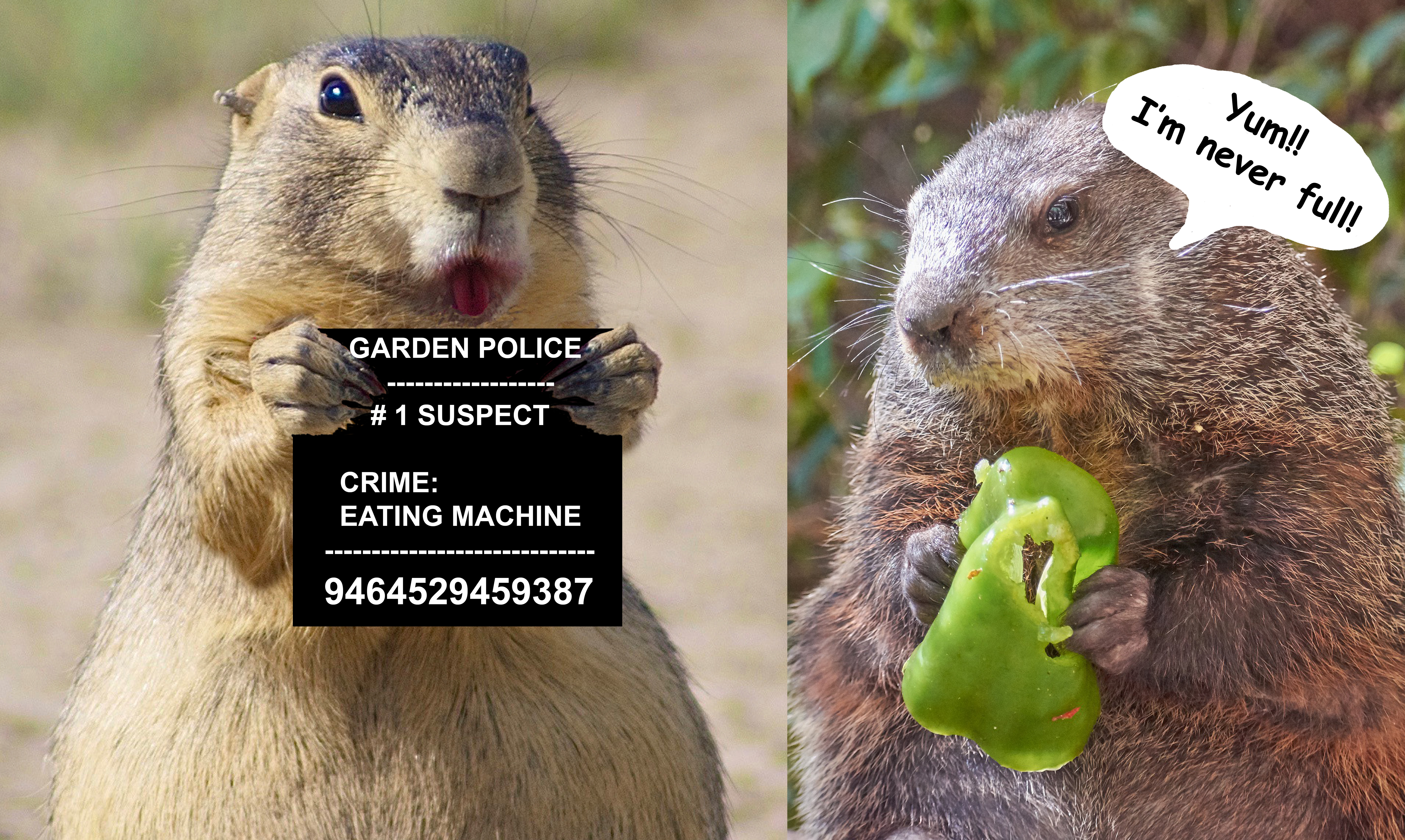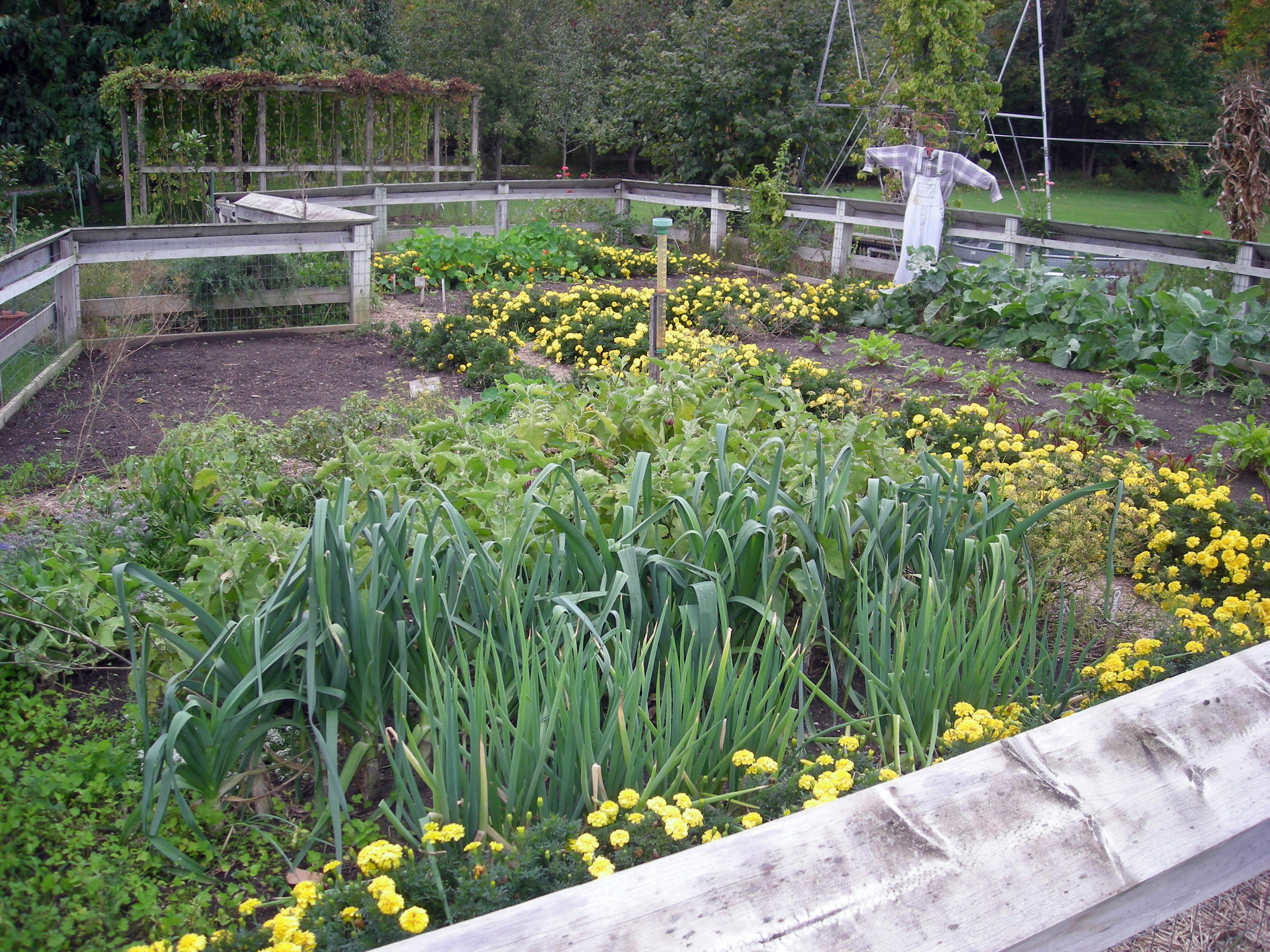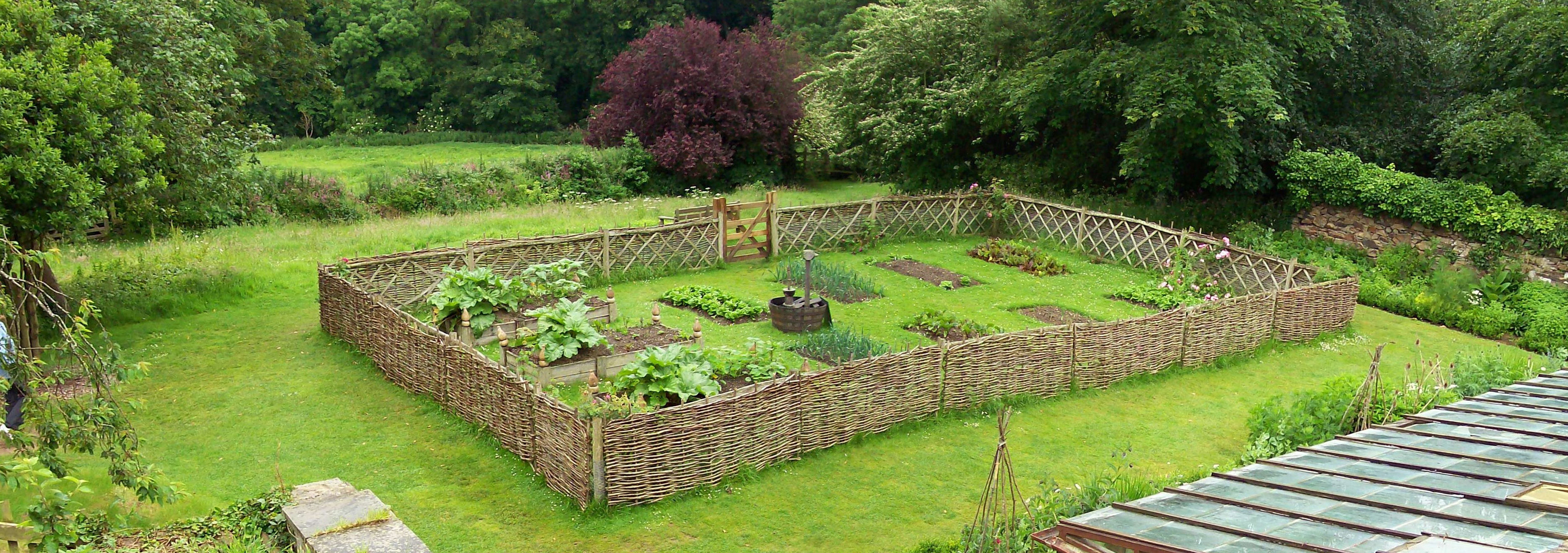Last Friday was Groundhog Day. Normally, that particular day doesn’t even register with me until I hear a news reporter talk about Punxsutawney Phil and his shadow (or lack of). This year is different. This year just hearing the word groundhog sets my blood boiling.
For the past 25 years I have been unable to plant my vegetable and flower gardens until it was almost too late. Any current or former school teacher understands. A good chunk of the beginning of summer vacation is dedicated to end of the year meetings, closing out classrooms and perhaps taking re-certification workshops.
This past summer was the first time in all those years that I had been able to construct my raised beds, fill them with a rich soil mix and plant them in time for early crops. I’d almost forgotten how incredible results can be when planting is done at the right time of year. My vegetables, especially my broccoli and spinach crops, were beautiful and I couldn’t wait to harvest them. I wanted them to be at their very peak when I picked them, so I decided to wait a day or two.

Rich soil, adequate water and perfect weather combine for a bumper crop.
Unfortunately I have a neighborhood groundhog who is also a vegetable connoisseur. He (or she- I really don’t know the gender) was also waiting to sample my vegetables. Unfortunately he got there first and he did not share any of them with me. In one fell swoop, he cleaned out my entire cool weather garden. Then, to add insult to injury, he tormented me all season long by thwarting everything I tried to keep him out of my summer garden, and he invited every foraging animal in the area to join him.
I am definitely an advocate for nurturing urban wildlife and for maintaining a healthy environment, but I am also highly protective of my vegetables and flowers. To that end, I decided to do some research this winter to learn what can be done to control, or better yet to conquer, the urban wildlife species that become gardening nuisances.
Since the groundhog was my primary adversary, I decided to start my investigation there. Groundhogs, or woodchucks as they are also called, are members of the rodent family and are related to squirrels. Full-grown, these greyish-brown rodents can weigh up to 13 pounds and range in length from 17 to 24 inches. They have short, powerful legs especially designed and equipped for digging. Each front paw has four sharp claws while each back has five.
These solitary, burrowing animals can be found throughout the United States and into Canada. They prefer to live underground in wooded areas that have quick access to open areas. (Think wooded area next to a grassy yard with planting beds full of luscious greens .) A groundhog’s tunnel system is usually quite extensive, often 25 to 30 feet in length and 5 to 6 feet deep. It usually has at least two entrances. The main one is often easy to locate as it has a mound of dirt sitting next to a 10 or 12 inch hole.The other openings tend to be more difficult to find because they don’t have dirt mounds above ground since they are dug from inside the tunnel.
Groundhogs, or woodchucks, are herbivores, eating over a pound and a half of leafy vegetation each day during the summer. (Think how many leaves it takes to make a pound) Towards the end of summer, as they are preparing for hibernation, they ravenously consume even more on a daily basis. They tend to remain close to their tunnel system, usually foraging within 20 to 30 yards of an entrance.
All of this combined make woodchucks a formidable garden foe. Bluntly, they are hard to stop! Since they are far from endangered, each female producing an average of four young each season and the vast majority of them surviving, the state of Missouri actually has a hunting season for groundhogs. (The conservation website even touted eating them; I haven’t tried that.) Since shooting animals isn’t recommended for those of us living in cities, we have to find other ways to combat them. If your goal is to eradicate them completely from an area (and good luck with that), then trapping them, fumigating their burrows or poisoning them with poison peanuts are the top choices. I can’t personally speak to any of these methods; we live on the side of a cliff and I can’t safely search for the tunnels.
If you use a live trap, it needs to be set about five feet from the main opening to the burrow and baited with tender greens. Make sure the trap’s door faces the opening and try disguising it with rocks and brush. Before releasing a woodchuck in a different location, check with city ordinances. Our town forbids releasing them in any public area and has a stiff fine if you get caught doing so.
Fumigating with smoke bombs, although a commonly used method, requires planning and preparation and a great deal of caution. It’s best to use a carbon dioxide smoke bomb in early spring for two reasons. One, the ground is usually still moist from winter and will clump together, holding the smoke in the tunnel more effectively. Two,woodchucks have not yet reproduced.
Before using the bombs, side entrances to the burrow need to be blocked. The front entrance will need to be quickly blocked once the lit cartridge is inserted so having a chunk of sod cut to size right can be helpful. Watch the tunnel to see if smoke rises from the ground. If it does, then you will need seal the cracks before re-inserting a cartridge. If the tunnel never reopens at any spot, then you know that you were successful and the groundhog is dead. If it does open, the woodchuck has evaded your efforts,
Poison peanuts are sold as a method to control woodchucks, but are not usually effective since groundhogs are herbivores. The peanuts can also be lethal for birds and other wildlife as well as children. Poison Peanuts have 3 generations of kill, meaning that any animal that eats the dead woodchuck may be killed, and if another animal eats the carcass, it may also die. If you do use poison peanuts, they need to be securely inserted deep inside the tunnel system. Even so the wood groundhog can die close to the surface or outside the burrow in easy access of other animals. As an advocate for a safe environment, I just can’t recommend using poison peanuts.
If eliminating groundhogs completely seems unlikely, as in my case, then controlling them becomes the next option. Fencing a small area can be extremely effective if and only if it is done correctly. A wire mesh fence standing at least two feet high above ground with no more than 2 inch x 4 inch openings is a good choice. (Woodchucks can squeeze through very small openings for the right meal.) Bury the fence at least a foot deep to block their digging and bend the top to a 90 degree angle to block their climbing. If you can, add an electric line around the top.
As a final line of defense against these pesky critters, consider planting species that are groundhog “resistant.” Groundhogs tend to avoid plants with strong scents and those with spiny foliage. Although a hungry woodchuck will dine on these plants too, they won’t be their first choice. I finally saved a few of my summer vegetables by inserting rows (and pots) of some these herbs and flowers among my vegetable plants and surrounding the area with an iris bed.This list is by no means exhaustive, but most are quite compatible with a vegetable garden.
Herbs
- Catmint
- Chives
- Lavender*
- Lemon Balm
- Thyme
Flowers
- Coneflowers
- Snapdragons
- Dianthus
- Yarrow*
- Nicotiana
- Iris
- Astilbe
- Daffodils
*prefers a drier soil
Outsmarting my woodchuck may be an ongoing task, but at least I am armed this year with more information and a new plan. I’ll let you know later this summer how the battle goes. Meanwhile, next time join me for tips on controlling some of those other urban wildlife nuisances.








